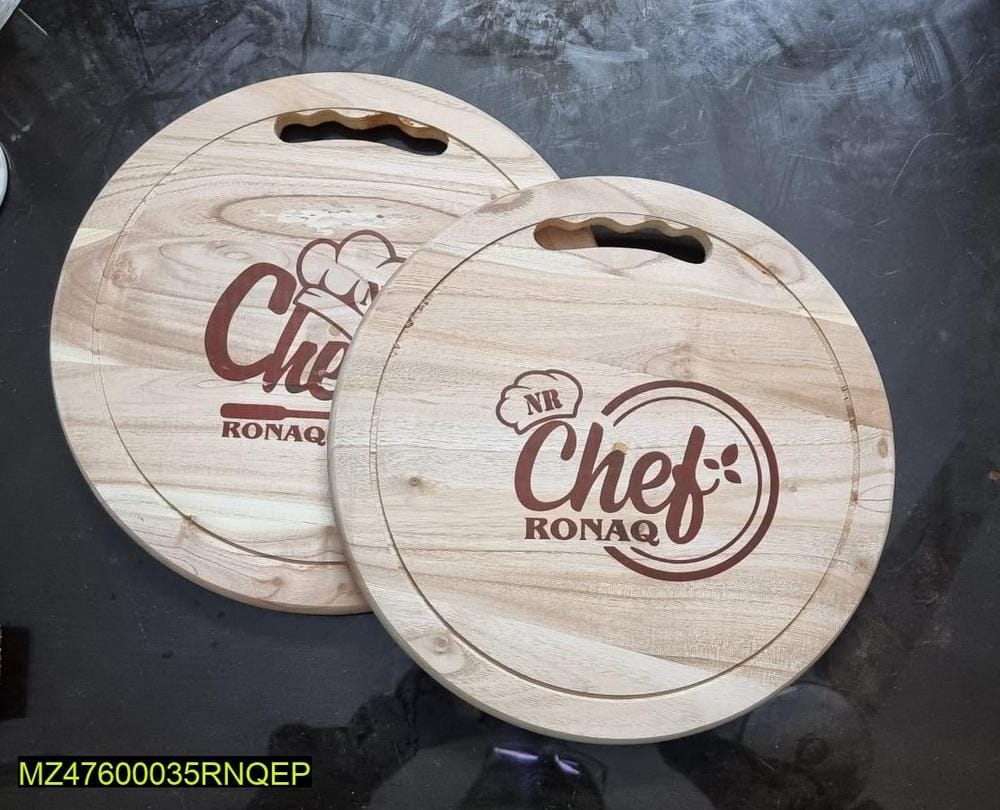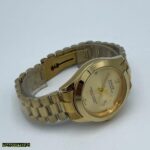Wooden cutting boards have long been a staple in kitchens around the world. These practical and aesthetically pleasing kitchen tools are prized not only for their utility but also for their charm and durability. Whether you are an amateur home cook or a professional chef, a wooden cutting board can elevate your culinary experience.
A Brief History
The use of wood in food preparation dates back centuries. Before the advent of modern materials like plastic and composite boards, wood was the primary material used for cutting and preparing food. The earliest wooden cutting boards were simple slabs of wood, hewn from trees and smoothed out to create a flat surface. Over time, craftsmanship and techniques improved, leading to the beautifully finished boards we see today.
Types of Wood
One of the key factors that influence the performance and longevity of a wooden cutting board is the type of wood used. Common choices include maple, walnut, cherry, and teak. Each type of wood has its own characteristics:
- Maple: Known for its hardness and fine grain, maple is a popular choice for cutting boards. It is dense and durable, making it resistant to cuts and scratches.
- Walnut: Walnut boards are prized for their rich, dark color and smooth grain. They are slightly softer than maple, which can be gentler on knives.
- Cherry: Cherry wood has a beautiful reddish hue and smooth texture. It is moderately hard and offers a balance between durability and knife-friendliness.
- Teak: Teak is highly resistant to moisture and bacterial growth, thanks to its natural oils. It is a durable option that requires less maintenance than other woods.
Benefits of Wooden Cutting Boards
Wooden cutting boards offer several advantages over their plastic or composite counterparts:
- Durability: High-quality wooden cutting boards can last for years, even decades, with proper care. They can withstand heavy use and are less likely to crack or warp compared to plastic boards.
- Knife-Friendly: Wooden cutting boards are gentler on knives. The natural grain of the wood helps to prevent the blades from dulling quickly, unlike harder surfaces like glass or plastic.
- Antibacterial Properties: Wood has natural antibacterial properties. Studies have shown that wooden cutting boards are less likely to harbor harmful bacteria compared to plastic boards, which can develop grooves that trap bacteria.
- Aesthetic Appeal: Wooden cutting boards add a touch of elegance to any kitchen. Their natural beauty and unique grain patterns make them a favorite for both practical use and decorative purposes.
Maintenance and Care
To ensure the longevity of a wooden cutting board, proper maintenance is essential. Here are some tips for keeping your board in top condition:
- Cleaning: After each use, wash the board with warm, soapy water. Avoid soaking the board or putting it in the dishwasher, as excessive moisture can cause the wood to warp or crack. Rinse thoroughly and dry with a clean towel.
- Oiling: Regularly oiling your wooden cutting board helps to maintain its moisture content and prevent cracking. Use food-grade mineral oil or a specialized cutting board oil. Apply the oil evenly across the surface and let it soak in overnight before wiping off any excess.
- Sanitizing: To sanitize your board, you can use a mixture of white vinegar and water or a solution of water and mild bleach. Apply the solution, let it sit for a few minutes, then rinse and dry thoroughly.
- Stain Removal: For stubborn stains, sprinkle coarse salt or baking soda on the board and scrub with a cut lemon. This natural cleaning method helps to lift stains and deodorize the board.
Conclusion
Wooden cutting boards are more than just kitchen tools; they are an investment in quality and tradition. Their durability, knife-friendliness, and natural antibacterial properties make them a practical choice for any kitchen. Additionally, their aesthetic appeal adds a touch of rustic charm and elegance to food preparation. By choosing a wooden cutting board and maintaining it properly, you can enjoy its benefits for many years to come.









